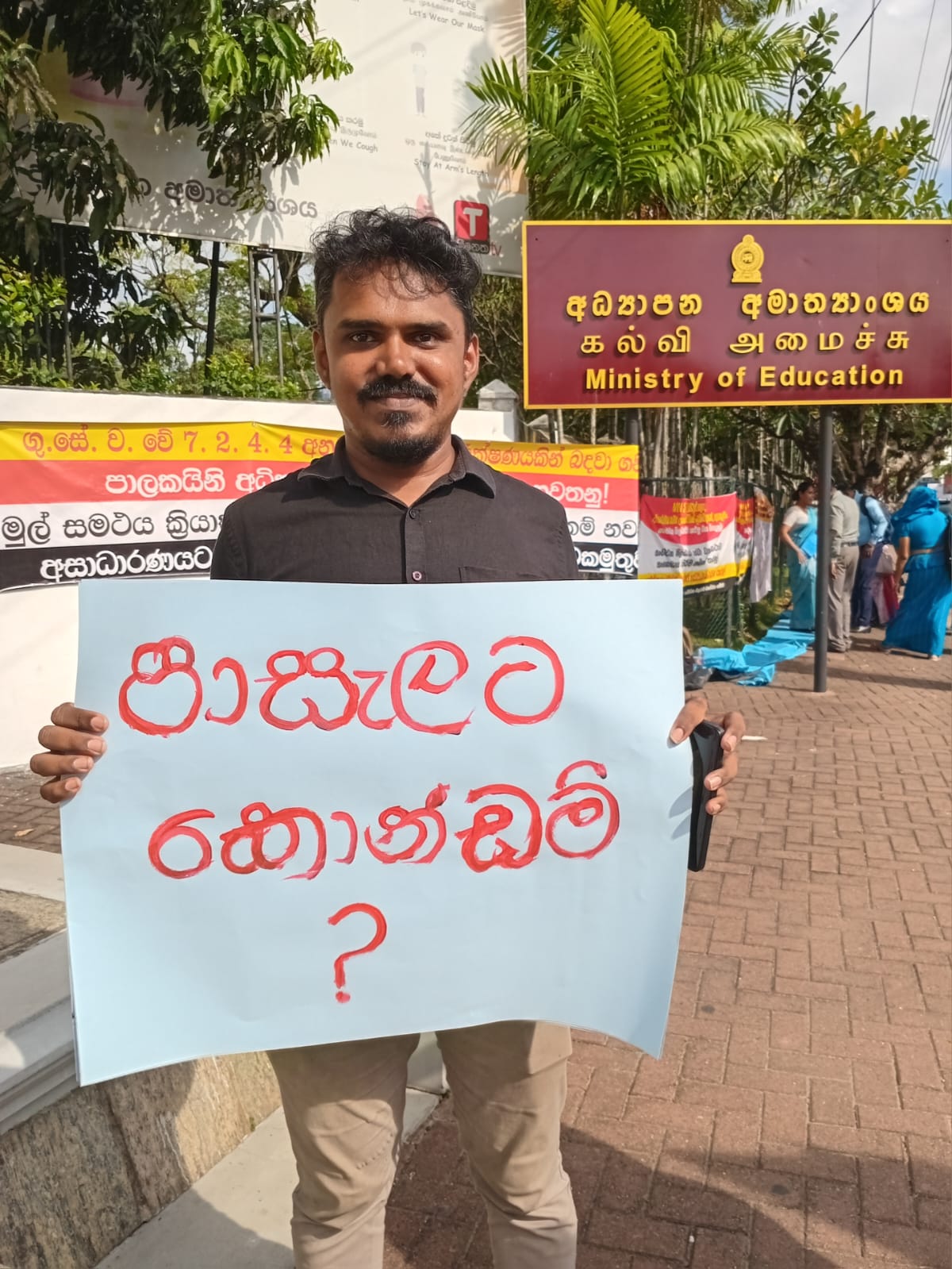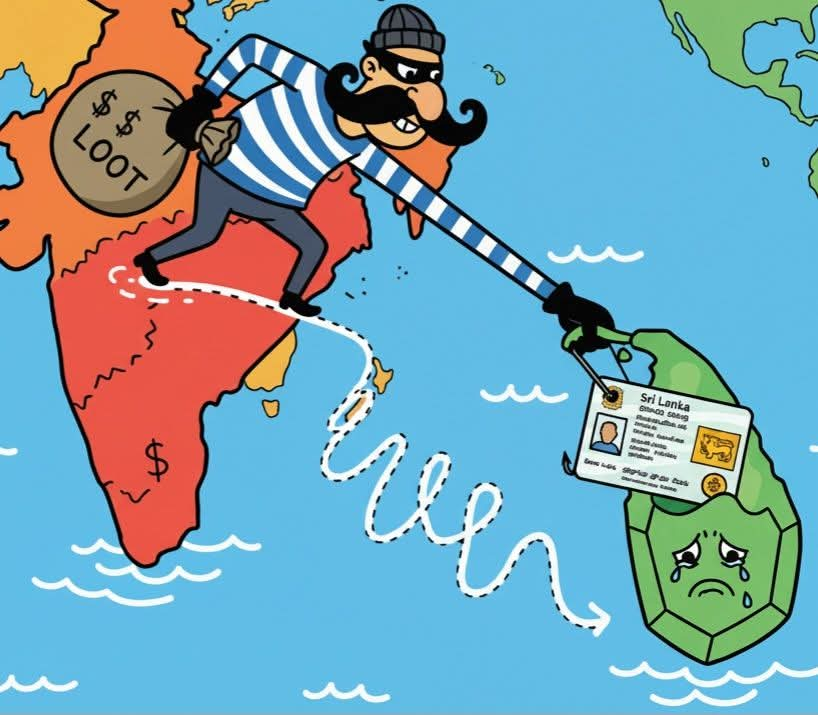THE ARBITRARY USE OF THE TERM”GENOCIDE”; IS IT A CASE OF “MONKEY SEE: MONKEY DO”?
The word “genocide” has suddenly appeared to have become the favourite word of the year. It is being bandied around ever so casually by all levels of governments as well as public with no thought to its meaning or what the term represents. Genocide is a term that carries a specific legal definition. The Convention on the Prevention and Punishment of the Crime of Genocide or Genocide Convention (“Convention”) as it is popularly known is the instrument that codified the crime of Genocide for the first time. It is a product of international law and falls strictly outside the purview of the jurisdiction of municipalities, provincial or federal governments to establish and/or adjudicate without adhering to parameters set by the Convention .
Article II of Genocide Convention defines genocide in the following manner:
“In the present Convention, genocide means any of the following acts committed with intent to destroy, in whole or in part, a national, ethnical, racial or religious group, as such:
(a) Killing members of the group;
(b) Causing serious bodily or mental harm to members of the group;
(c) Deliberately inflicting on the group conditions of life calculated to bring about its physical destruction in whole or in part;
(d) Imposing measures intended to prevent births within the group;
e) Forcibly transferring children of the group to another group.
Article VI of the Convention goes on to outline the recourse available with respect to the crime of Genocide as follows ;
“Persons charged with genocide or any of the other acts enumerated in article III shall be tried by a competent tribunal of the State in the territory of which the act was committed, or by such international penal tribunal as may have jurisdiction with respect to those Contracting Parties which shall have accepted its jurisdiction. “
Article IX of the Convention outlines the measures to be taken against a State for the crime of Genocide and clearly defines the sphere of authority with respect to determination of crime of Genocide;
“Disputes between the Contracting Parties relating to the interpretation, application or fulfilment of the present Convention, including those relating to the responsibility of a State for genocide or for any of the other acts enumerated in article III, shall be submitted to the International Court of Justice at the request of any of the parties to the dispute.”
United Nations Office on Genocide Prevention and Responsibility to Protect elaborates on the crime of genocide as follows as having a
“mental element: the “intent to destroy, in whole or in part, a national, ethnical, racial or religious group, as such”; and a physical element, which includes the following five acts” as defined in Article II.
The explanation states that “the intent is the most difficult element to determine. To constitute genocide, there must be a proven intent on the part of perpetrators to physically destroy a national, ethnical, racial or religious group. Cultural destruction does not suffice, nor does an intention to simply disperse a group. It is this special intent, or dolus specialis, that makes the crime of genocide so unique. In addition, case law has associated intent with the existence of a State or organizational plan or policy, even if the definition of genocide in international law does not include that element. (https://www.un.org/en/genocideprevention/genocide-convention.shtml).
Despite the definite criteria so established, the word Genocide has become one of the most misused words to emerge recently. As the recent events associated with the Proclamations of Genocide days and Bills about Genocide Education indicate, it is evident that the politicians are falling all over themselves in the race to establish genocide. The statements and speeches show an utter lack of understanding of the issue on the part of the speakers and reveal the obvious; the desire to garner votes. But in all this haste, one very important question appears to be forgotten; “Was there Genocide?” To be followed by the unavoidable second question “Who shall take accountability for the irrevocable division being created within the Canadian community and the promotion of ethnic tension?”
“Lies in Bill 104: Tamil Genocide Education Week in Ontario” by Anura Ferdinand
This Bill was tabled by MPP Vijay Thanigasalam of Scarborough – Rouge Park from the Governing Progressive Party of Ontario i.e. Premier Rob Ford’s government. This bill aims to bring “awareness” as an “Education Week”. It is yet unclear as to how the education system will pick in parts or entirety of this bill and feed to future generations. The bill states “Most importantly, by recognizing the Tamil genocide, we affirm our collective desire to maintain awareness of this genocide and other genocides that have occurred in world history in order to prevent such crimes against humanity from happening again”. As you see the bill is attempting to “get” the Ontario Legislature to “recognize” that there was “genocide” and also attempting to coin these false statements as a LAW in Ontario. You can see the full details of the bill at https://www.ola.org/en/legislative-business/bills/parliament-42/session-1/bill-104
First of all, United Nations have not declared genocide in Sri Lanka. Ms. Renu Mandhane, Chief Commissioner, Ontario Human Rights Commission recently tweeted on “genocide” as:
The bill is attempting to enact FABRICATED information such as “The United Nations Organization estimates that in May 2009 alone about 40,000 to 75,000 Tamil civilians were killed. Other estimates place the death toll at 146,679 civilians”. There were no mass graves to account for this sort of numbers. However what is known are the mass emigration of Tamils to many countries selling “genocide” as the reason for such a move.
Secondly, please consider the following census growth tables from pre-war and post-war while also considering the mass emigration of Tamils. According to Dr. Dhammika Herath in Ottawa “Even during the 28 years of LTTE brutalities from 1981 to 2009, Sri Lankan Tamil population GREW in almost all the Sinhala dominating provinces as per following table. Particularly in the Western province where about 60 percent of the country’s GDP is generated, the Tamils grew by 1.32% per year from 228, 516 to 339, 370 where the majority Sinhalese grew at a lower rate of 1.30% per year. Western province is the heart of Sri Lanka and the so called ” Sinhala-Buddhist centric government policies pogroms, land grabs and ethnic cleansing” could have completely wiped out Tamils in the Western province. Lo and behold, in Western Province, Tamil population increased by 48.5% from 1981 to 2012 whereas the Sinhalese (so called perpetrator) increased ONLY by 47.6% during the same time.”

Thirdly, no one has ever found a mass-grave or a collection of mass-graves that can account for the casualties of 147,700 according to Bill 104.
On the 16th of May during the 2nd reading due to that fact it did not receive unanimous support of the House, it was referred to “Standing Committee on Regulations and Private Bills”. We are currently awaiting to hear any update from the committee on possible dates of consideration.
On the 2nd of June 2019, there was an explosion of an old explosive device in Palaly Army camp premises that killed one soldier & injured two.
In Canada, LTTE sympathizers via TGTE are fooling local politicians to obtain what a 26 year war could not obtain which is a separate Tamil state called Tamil Elam thru promoting “Tamil Genocide”.
By Mrs. Anjana Bandara
50 Viewers








